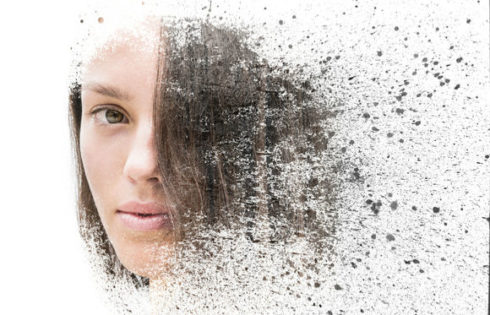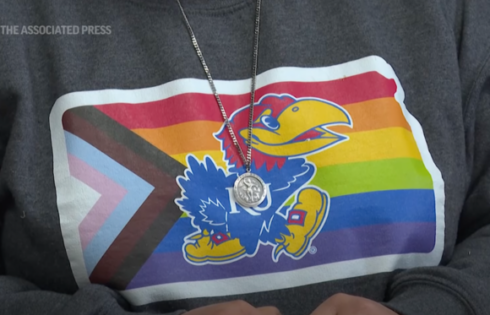
You’ve heard of the “Greatest Generation?” Contemporary college students may become known as the “Hypersensitive Generation.” (Or, the “Lamest Generation.”)
A new study by Harvard’s Voices of Diversity project discovered that “women and minorities still face prejudice and discrimination,” but usually manifested as “microaggressions.”
But, of course!
Researchers conducted interviews and surveys with students at four colleges and — get this — “students at each school reported instances of discrimination.”
These are microaggressions — subtle digs and biases — that permeate the culture. They could include something like a man rolling his eyes when a woman speaks, or people not wanting to be in study groups with those of different races.
Students said they also notice that white male students are called on in class more often than other students.
“I have to stop and think sometimes, ‘Are they being racist? Or, is that just how they act? Or, are they just not being friendly because they’re having a bad day?'” Raymond, an African-American respondent, said in the report.
Students often do not want to call people out for microaggressions for fear of losing friends or creating more hostile environments, the report says. Students also don’t always know which institutions at their schools they can report these instances to.
There have been many studies that show this type of everyday discrimination hinders academic performance.
“Can you imagine taking an exam when you’ve got all this turmoil inside?” Caplan said.
The study found that women and minorities are made to feel like they do not belong on the campus — for example, that they only got in thanks to affirmative action. Anthony, an African-American senior at the Ivy university, said he notices “a slight raising of the eyebrows, or eyes following you in the dining hall.”
Women “are made to feel like they do not belong” …? Like, how? They’ve made up fifty-seven percent of the college population since 2000.
Yet, this is somehow immaterial to study lead author Paula Caplan.
“When you get into one of these high-status universities, and you’re a woman, you are made to feel so lucky to be there,” Caplan said. “But you look around, and guess what? A vast majority of the professors are still men. They’re still white men.”
There’s also a lack of diversity in course materials. Outside of classes about women or different cultures, you’d be hard-pressed to find course materials written by anyone other than white men, respondents in the study said.
“It’s not that there’s anything wrong with what white men say,” Caplan clarified, “but when there’s nothing on the syllabus by anybody who’s in the group you are in — either in race or sex — with that absence, you don’t have role models, you don’t have people who were treated in similar ways.”
Only on an American campus can one feel “out of place” despite being part of the majority — because “someone like you” didn’t author some of your course materials.
The study recommends the establishment of “a mandatory class about the effects of discrimination and stereotyping in its most modern form.”
Why stop there? Why not recommend that there be a proportionate racial/ethnic/gender distribution of faculty, staff, student population and syllabus materials?
Of course, that would mean cutting back on the number of female students on campus. But we all know that would be anathema.
Like The College Fix on Facebook / Follow us on Twitter
IMAGE: Spunkinator/Flickr






Please join the conversation about our stories on Facebook, Twitter, Instagram, Reddit, MeWe, Rumble, Gab, Minds and Gettr.